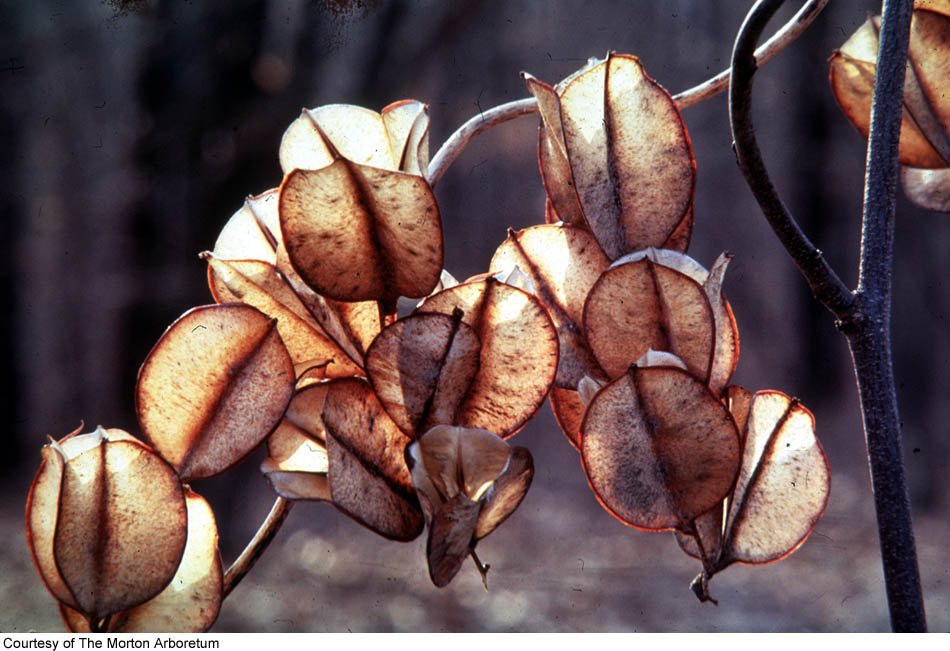Vines, typically herbaceous; rhizomatous or tuberous. Stems twining clockwise or counter-clockwise, branched or not, smooth or winged, polygonal or terete, glabrous or sometimes bearing prickles; some species producing bulbils (branches modified into small aerial tubers) in leaf axils. Leaves initiated in spiral pattern, modified in some species and appearing opposite or whorled. Inflorescences: staminate nodes at ultimate flowering spicate or paniculate, individual flowers grouped in bracteolate cymes of (1-)3(-8) sessile or pedicellate flowers; pistillate solitary or rarely fasciculate, 1 flower per node, sessile or subsessile, unbranched, subtended by pair of minute bracts. Flowers unisexual, staminate and pistillate flowers on different plants or rarely staminate and pistillate flowers on same plant; tepals glandular or not, 1-3(-30) mm; staminate flowers with filaments distinct (connate basally only in D. polystachya), gynoecium rudimentary; pistillate flowers with staminodes present or sometimes absent, ovary inferior, usually 2-3 times length of perianth, style 3-branched, branches 2-fid; pedicel, when present, not articulate. Fruits capsular, 3-winged, dehiscence loculicidal, perianth and styles generally persistent. Seeds (1-)2 per locule, compressed, usually winged unilaterally, bilaterally, or with wings expanded circumferentially; tannins, saponins present. x = 9, 10.
The most comprehensive treatment to date (R. Knuth 1924) divides Dioscorea into 60+ sections. The native North American species are assigned to sect. Macropoda Uline: stems twining counter-clockwise, staminate flowers aggregated into more or less sessile cymes and with six fertile stamens, tepals united only at the base, and capsules as broad as or broader than long, reflexed at maturity, with seeds winged all around. This section also includes disjunct species from the Balkan Peninsula, the Himalayas, temperate East Asia, and the Caucasus Mountains.
Dioecious; infls axillary; fls white to greenish-yellow, the pistillate solitary at each node of the short, interrupted spikes, the staminate in small glomerules or solitary at each node of the panicle; stamens 6; fr a 3-winged loculicidal capsule; seeds very flat, broadly winged. 600, mainly trop. and subtrop.
Gleason, Henry A. & Cronquist, Arthur J. 1991. Manual of vascular plants of northeastern United States and adjacent Canada. lxxv + 910 pp.
©The New York Botanical Garden. All rights reserved. Used by permission.





